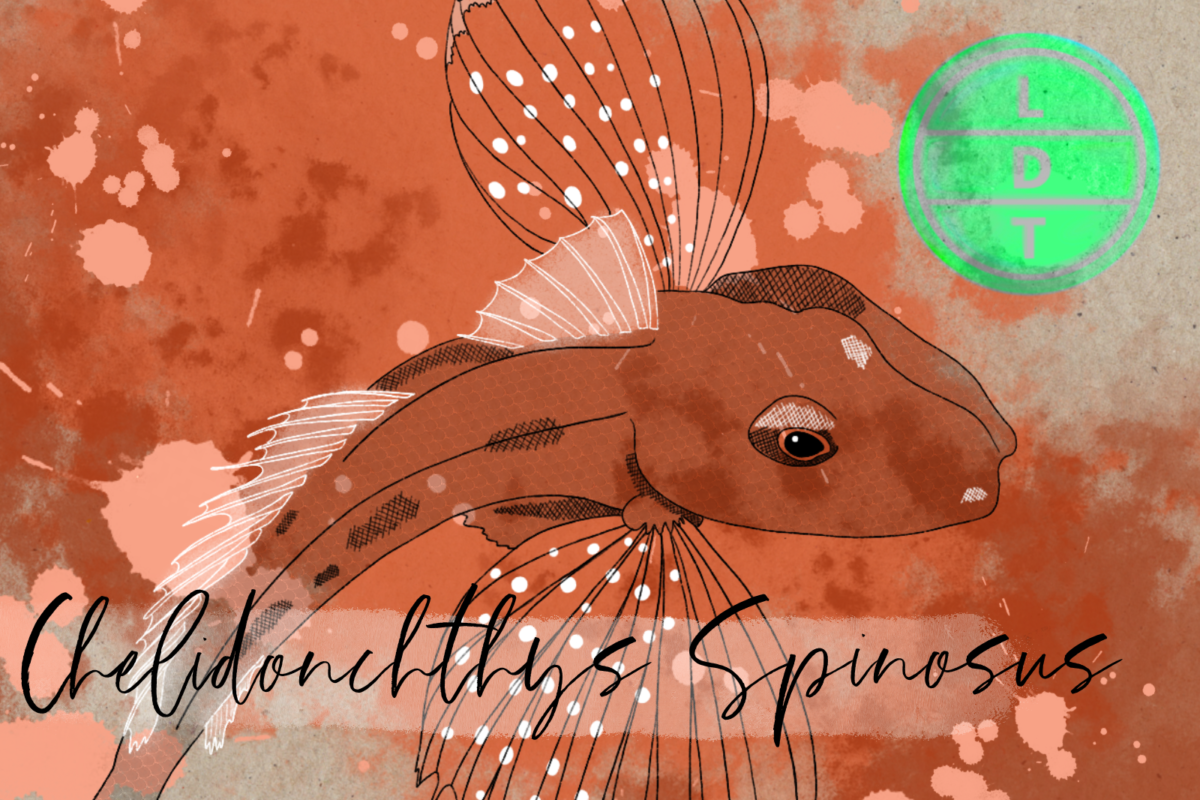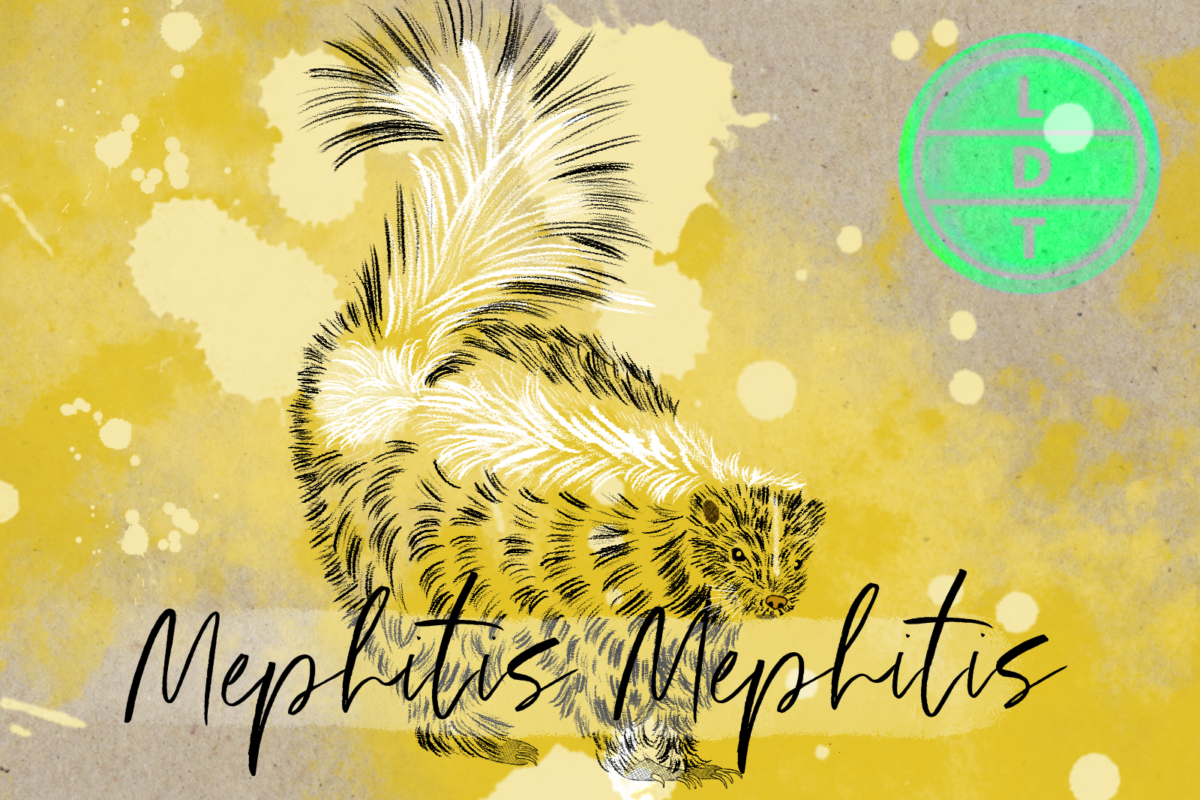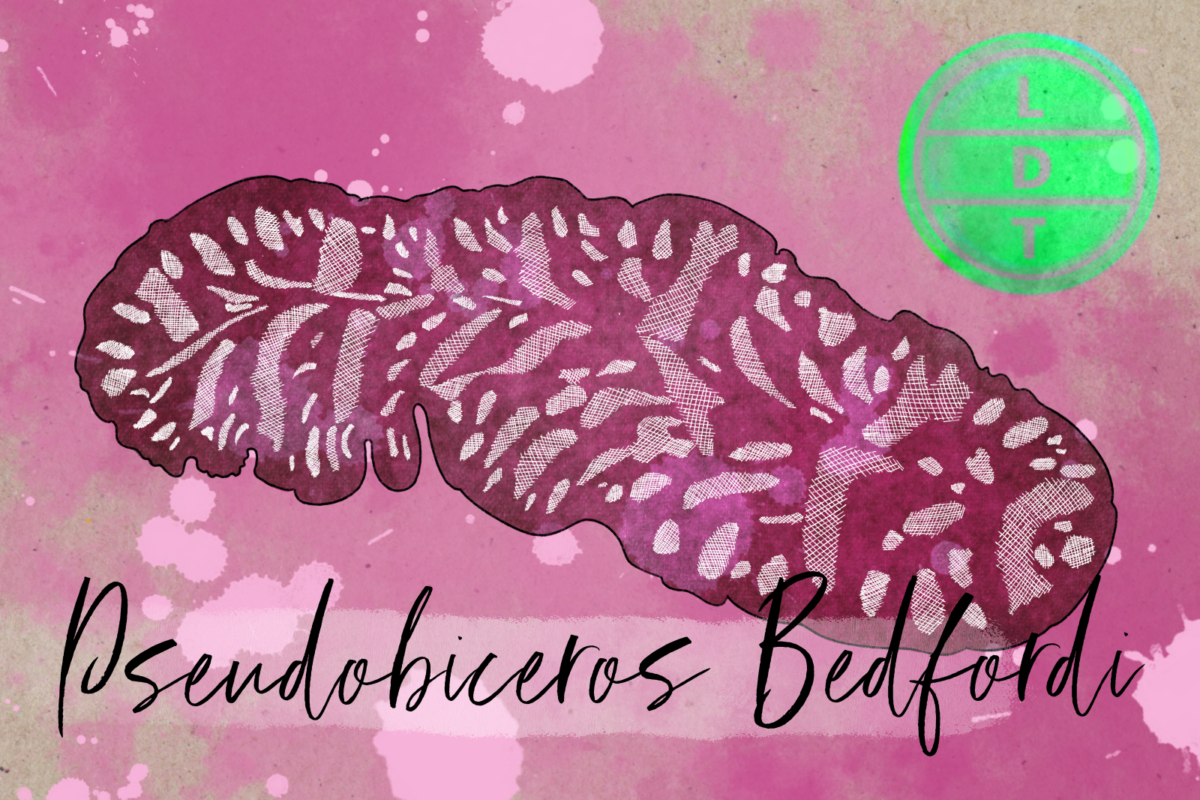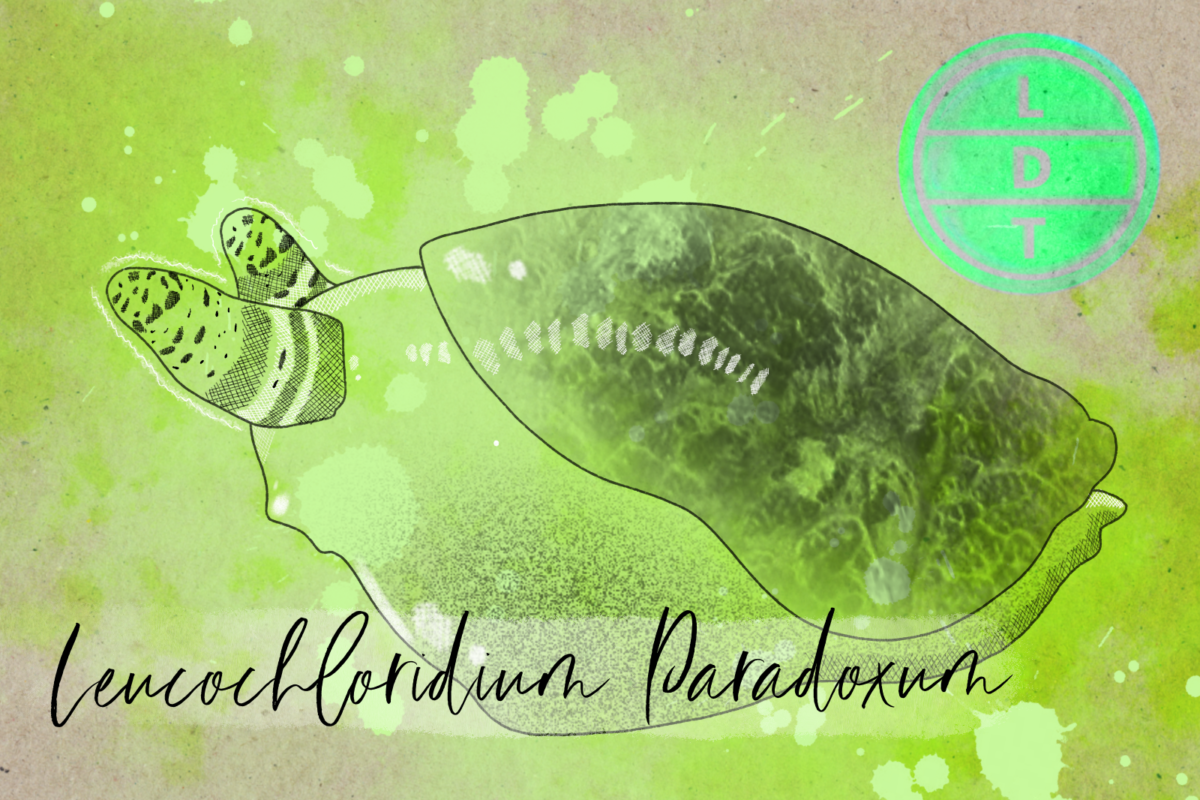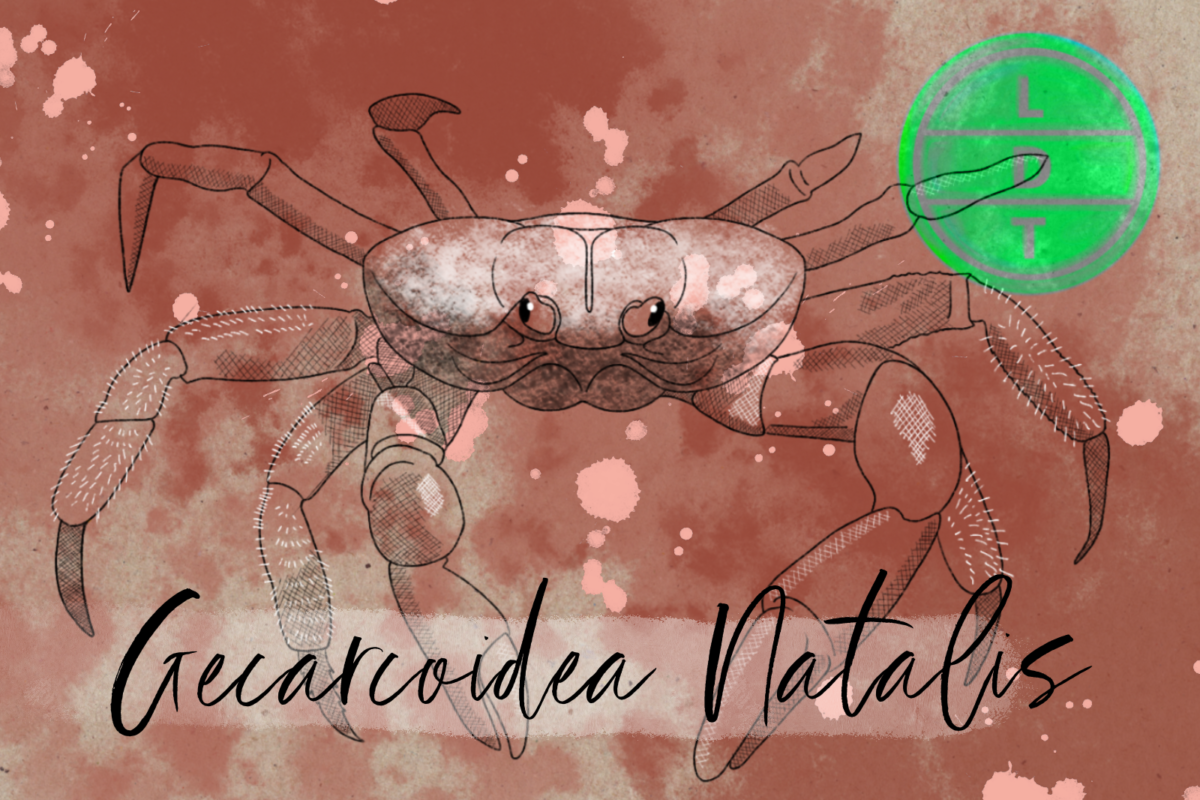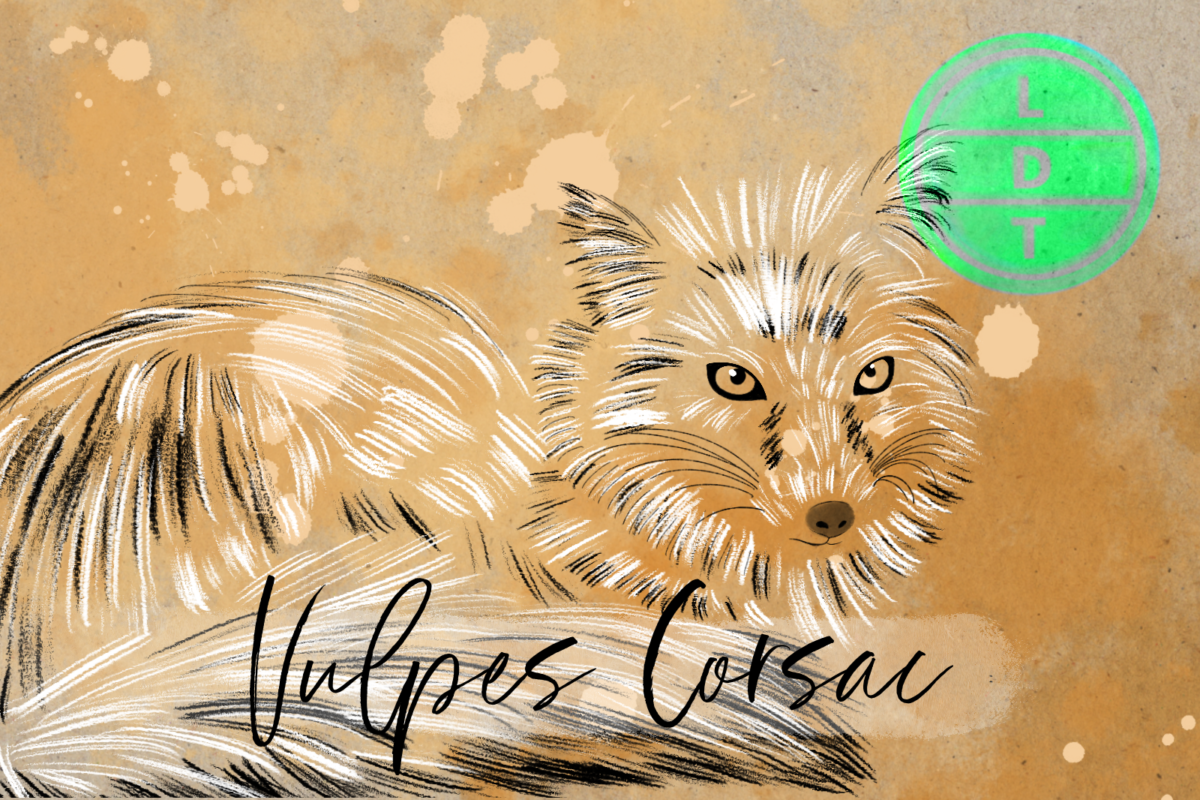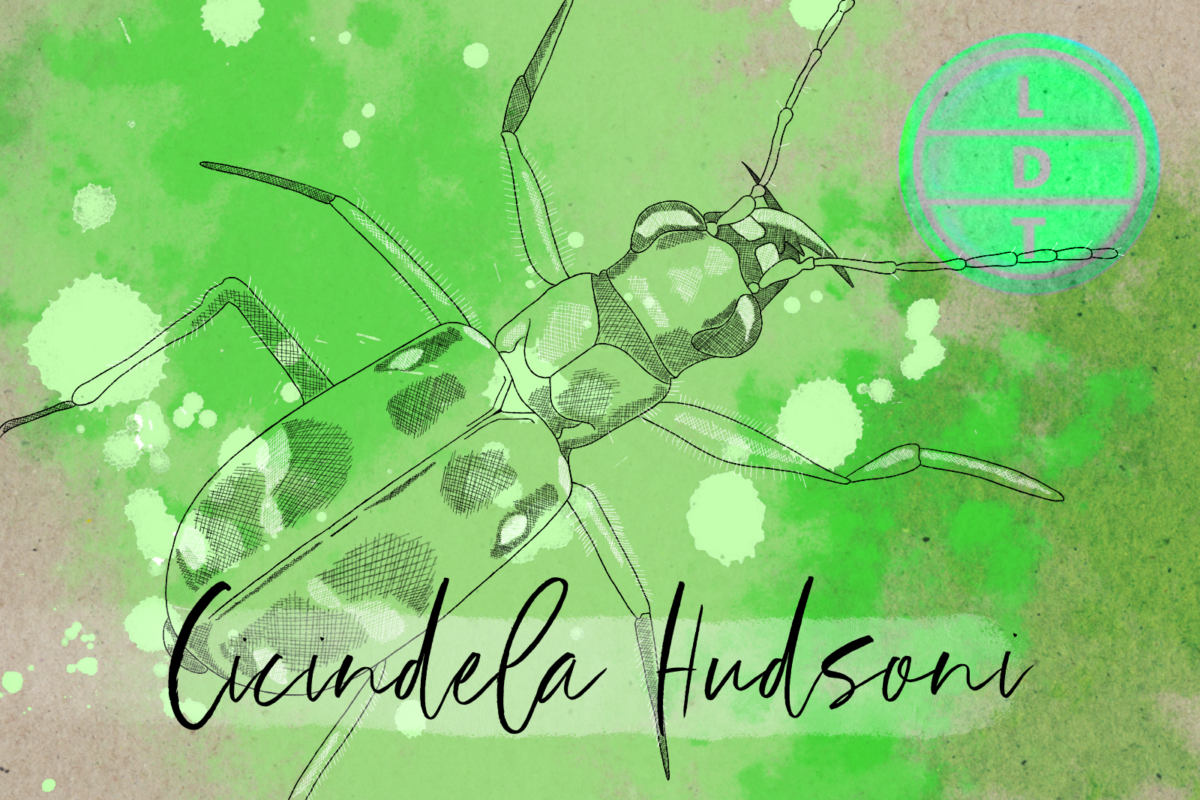“…and today we’re talking about a fish that is built to live where fish shouldn’t live. But more on that later.”
Deep in the heart of darkness, one heart truly treasures the darkness. The African Lungfish may need water to survive, but it has a foolproof method to survive the continent’s frequent dry spells. If mucous and self-cannibalization are to your liking, you might find a kindred spirit in this floppy fellow here in Life, Death, and Taxonomy.
Description of the African Lungfish
- The West African lungfish is similar to a catfish, with its longbodied shape. In fact, it’s almost eel-shaped.
- It’s pectoral and anal fins are long and thin. They hang down like spindly legs.
- They have small eyes and short snouts.
Measure Up
Welcome to the beloved Measure Up segment. The official listener’s favorite part of the show! The part of the show when we present the animal’s size and dimension in relatable terms through a quiz that’s fun for the whole family. It’s also the part of the show that’s introduced by you when you send in audio of yourself saying, singing, or chittering the words Measure Up into ldtaxonomy at gmail dot com. We don’t have a new Measure Up intro, but we’re going to revisit our greatest hits.
This week’s Measure Up greatest hit comes from Nat Sabin from the Across the Ages Podcast.
Length
- 1 m (3.3 ft)
- How many West African lungfish go into the farthest distance a living bull shark has been found?
- Hint: Bull Sharks have been found in the Amazon, Zambezi, and Mississippi rivers along with several other major fresh waterways around the world.
- 3,678,400 lungfish. A bull shark was found 3,700 km (2,299 miles) away from the ocean in the upper Amazon River.
Weight
- 18 lbs (8.1 kg)
- How many lungfish go into the largest invasive species in the world?
- Hint: The largest invasive species comes from Africa and it’s wreaking havoc in South America.
- 222 lbs. A hippo in Africa can reach 4,000 pounds.
Fast Facts about the African Lungfish
The west African lungfish is a freshwater fish that lives in rivers in Guinea, Sierra Leone, and the area known as Sahel, which is the area between the Sahara Desert and to the north and the savannah to the south.
They live partially buried in the muck of riverbeds. In the dry season, West African rivers and streams can dry up. To survive, the lungfish can aestivate for up to a full year. Aestivation is like hibernation that involves a state of inactivity and low metabolic rate. The main difference is that it takes place in summer.
The fish likes to eat mollusks, shrimp, crabs, and smaller fish. If there is no food around, it’s no big deal. It can stand to miss a meal or 1,200 – they can go for 3.5 years without food. They can again bury themselves and not emerge until conditions are better.
Major Fact
African Lungfish have some interesting survivability traits. The first is their namesake. Like LDT alum the snakehead, it has two methods of breathing. Not just gills for filtering oxygen out of the water, but also a primitive lung to get that sweet O2 out of the air. This, plus covering its body in a thick mucus, allows it to flop onto land and pull itself from one body of water to the other.
The other trait it has for survival is even more unique. It’s one of the few fish that truly hibernate when it gets too cold, or more often, too dry – which is called estivation in this case.
Before aestivation, it will burrow into the ground. It will then cover itself in mucous that dries around it. It will stop all feeding and slow its body systems down to a crawl.
It can stay in this state for up to five years without food or water. It survives by slowly digesting the muscle tissue in its large tail. So it curls up in a ball and eats its own tail for a few years whenever it gets too dry out.
Pouring water on it will wake it up and force it to evacuate its bowels and feverishly look for something to eat to restore the muscle tissue it lost during the estivation.
Ending: So curl up, coat yourself in mucous, and eat your own tail if you have to like the African Lungfish here in LDT.

